Email or call us 07802 829525
Email or call us 07802 829525
Rumen health is essential and can only be achieved by the correct balance of protein, starch and fibre.
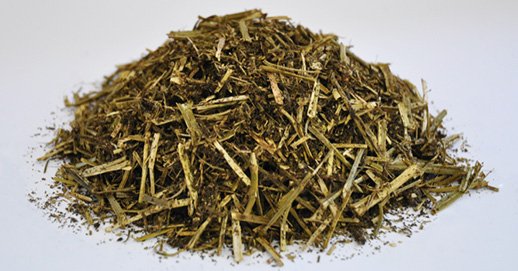
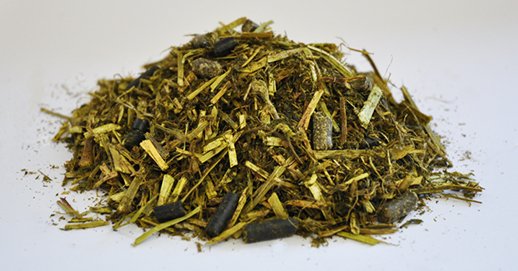

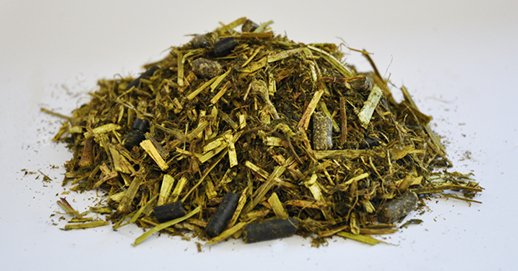
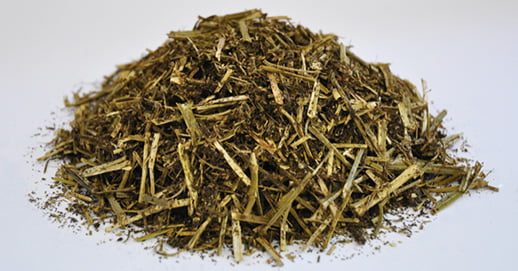
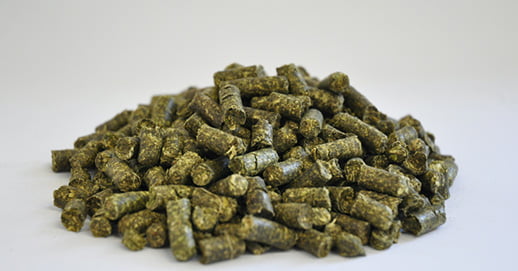
The ruminant stomach consists of four compartments: rumen, reticulum, omasum and abomasum. The rumen is the largest of these compartments and accounts for 60 per cent of the total capacity – about 185 litres. Within the rumen is a huge population of microbes and bacteria, ready to help ferment and digest what is eaten. Food is mixed within the rumen and may spend up to 48 hours there. However, more coarse material is, from time to time, regurgitated for further mastication and then returned to the rumen for continued digestion – a process known as “chewing the cud”.
“Chewing the cud”, or rumination is a vital part of the digestion process. The rumen is generally acidic, with an ideal range of pH 6.0-7.0. This range is put at risk, though, when high levels of rapidly digestible, or “fizzy”, starch or sugar is added to the diet. This creates acidic conditions, causing the pH of the rumen to dramatically fall. If the pH falls too far this results in acidosis, the cows natural buffering system has failed.
Buffer is in the form of saliva, and the ruminants can create more buffer by chewing and ruminating for longer periods. To encourage further rumination, we need to add more long fibre to the diet.
Coarse, long fibre creates a “scratch-factor” – whereby the pressure of the material on the rumen wall encourages rumination. Without long fibre, rumination decreases and so does saliva production. We end up with a vicious circle as concentrate use creates acid, and a lack of fibre fails to produce the saliva needed to counteract it!
The content of the rumen is made up of liquid, microbes, and particles of various sizes. For feed to pass from the rumen to the hind gut they need to be about 1mm in diameter. Long fibre creates a rumen mat – an entangled mass of fibre where microbes work to break down the feed. It is this mat that is regurgitated, and rechewed, producing saliva and buffering the rumen. As the mat is broken down its surface area increases, giving rumen bacteria more to attach to. As the rumen mat breaks down these smaller particles sink to the bottom of the rumen and pass out. If a cow doesn’t receive enough long fibre in the diet the stratification of particles is too quick, as is the passage of material from the rumen. If the passage is too quick, then not enough nutrients can be extracted from the diet leading to inefficiency and wasted feed.
Not all bacteria in the rumen are the same. The bacteria that ferment starch are not the same as those that ferment fibre. It is also the case that these respective populations increase and decline in direct response to the diet fed. Fibrolytic bacteria ferment fibre and this fermentation produces acetic acid. Acetic acid is used as energy by the cow and is necessary for the production of butterfat, in the milk.
So, for efficiency of digestion and production of butterfat we need fibre. Not all fibre is the same though. As a plant gets more mature before harvest, they contain a greater proportion of lignin. This increased lignification reduces the digestibility. Straw, for example, is often added as a fibre element to diets but is very indigestible – it dilutes the diet efficacy. Dehydrated lucerne, harvested at the correct time – late bud to early flower – provides fibre without reducing the density of the diet compared to other sources of fibre.
Lucerne encourages rumination and, therefore, production of saliva – containing up to the equivalent of 3.5kg bicarbonate. It is a natural buffer. Lucerne is shown to double chewing time per kilogram of dry matter, reducing the risk of acidosis and associated problems such as reduced butter-fats, depressed milk yield and poor fertility.